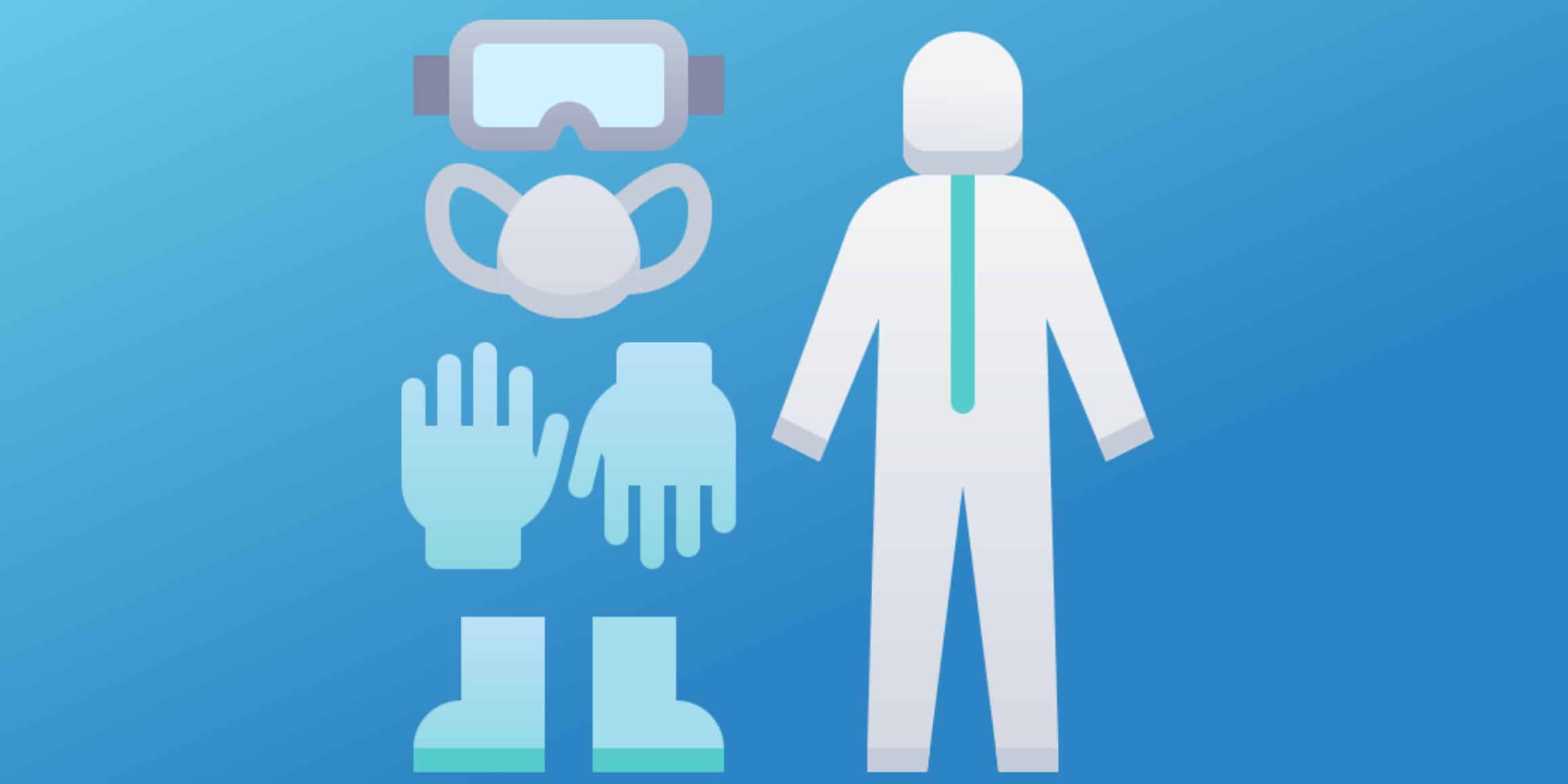A Review of OSHA Standards for Healthcare Workers
But OSHA regulations affect virtually every type of business you can imagine, including the practices of doctors, dentists, and other medical professionals. Everyone in the medical field should be aware of OSHA standards for healthcare workers.
OSHA Standards for Healthcare Workers: Chemical Exposures
If you don’t work in the medical field, it may surprise you that healthcare workers in various settings face routine exposure to hazardous chemicals. Formaldehyde (used to preserve specimens for pathology and research), ethylene oxide (a pharmaceutical component used in chemicals used to sterilize surgical equipment), and glutaraldehyde (a disinfectant) are some of the chemicals addressed by the Toxic and Hazardous Substances section of the OSHA Occupational Safety and Health Standards.
The Toxic and Hazardous substances regulations further the goal of OSHA medical safety by requiring specific preventive measures to protect workers.
This OSHA healthcare safety regulation requires employers to:
- Reduce the airborne concentration of chemicals like these
- Monitor employees for exposure
- Obligates employers to place warning signs in areas with high concentrations of chemicals
- Provide appropriate respiratory protection to workers facing potential exposure
- Provide OSHA training to employees on the hazardous properties of chemicals used in the office and maintain employee exposure records
- Observe a series of housekeeping measures
OSHA Standards for Healthcare Workers: Biological Hazards
Because of the nature of their jobs, healthcare workers have more opportunities to be exposed to infectious diseases, ranging from the common cold to Ebola and Methicillin-resistant Staphylococcus Aureus (MRSA). OSHA healthcare worker safety and OSHA medical safety regulations require healthcare employers to adopt a series of infection control measures.
One such measure is the requirement to develop a bloodborne pathogens exposure control plan. This plan is required under OSHA’s bloodborne pathogens standard. OSHA healthcare compliance cannot exist without an effective bloodborne pathogens exposure control plan. Failure to develop such a plan constitutes an OSHA violation.
OSHA guidelines for medical offices require employers to develop a bloodborne pathogens exposure control plan containing measures to protect OSHA healthcare worker safety.
These measures include:
- Work practice controls, such as having employees work in shifts to minimize exposure to bloodborne pathogens
- Engineering controls, such as ventilation
- Universal Precautions such as wearing appropriate personal protective equipment
- Hand hygiene measures that establish appropriate hand-washing rules. Employers must provide handwashing facilities that are readily accessible to employees
OSHA Standards for Healthcare Workers: Other Concerns
OSHA guidelines for medical offices, OSHA healthcare worker safety, and OSHA medical safety, do not end with complying with the Bloodborne Pathogens and Toxic and Hazardous Substances standards. Other standards play an equally important role in ensuring OSHA medical worker safety and in OSHA healthcare worker safety.
For instance, OSHA dental office compliance and OSHA laboratory standards require OSHA’s Ionizing Radiation Standard to be met. This standard requires employers to take a series of measures to use and contain ionizing radiation properly. If ionizing radiation from sources like x-ray machines and other imaging equipment is not adequately controlled, adverse health effects such as skin burns or even acute radiation syndrome may result.
Finally, OSHA’s Electrical Safety Standard is one of those “common sense” standards that applies to a wide variety of businesses, including medical offices. Employers must minimize electrical hazard exposure in medical offices by ensuring electrical equipment is kept in good condition, and implementing lockout and tagout measures. “Lockout and tagout” (LOTO) is a safety procedure that protects OSHA medical safety and OSHA healthcare worker safety.
Following lockout and tagout procedures ensures that dangerous machines are properly shut off and cannot be started up again before maintenance or repair work is completed.
Use our OSHA checklist for more information on meeting your requirements.







